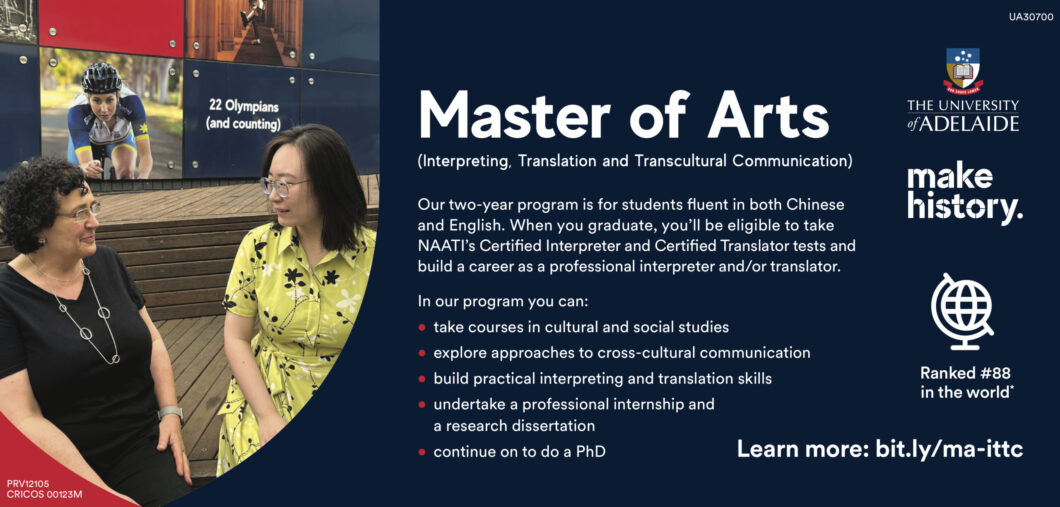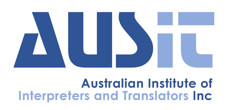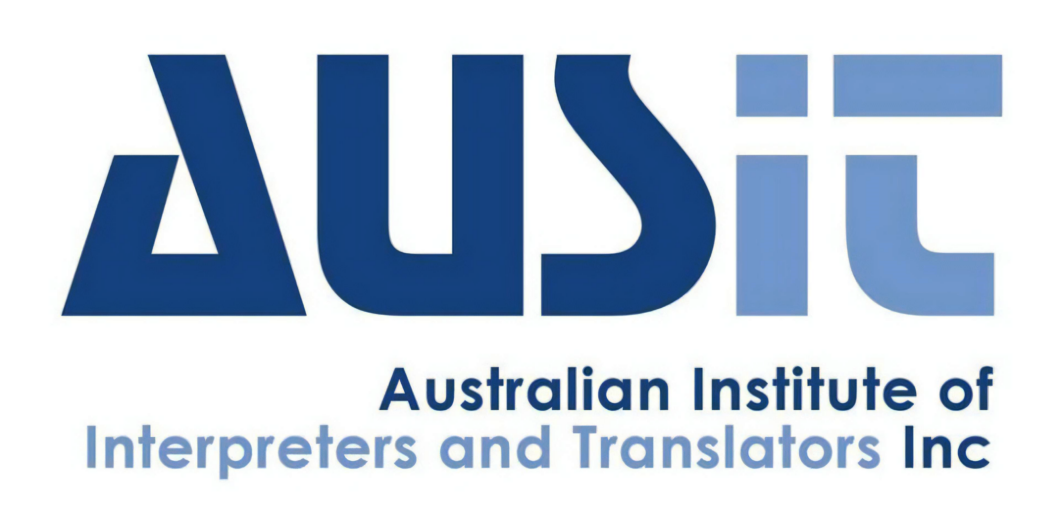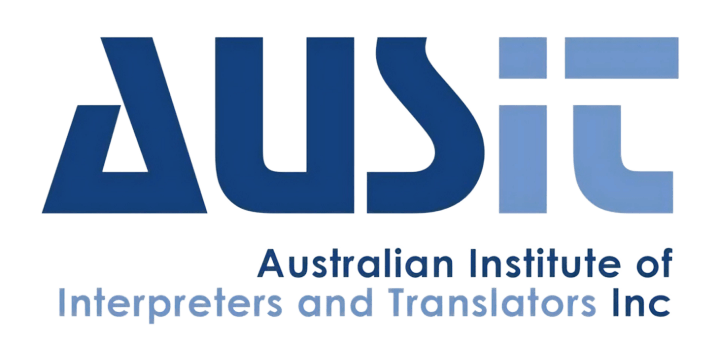RECENT RESEARCH
Researcher: Alisa Tian
Supervisor: Mira Kim
Institution: School of Humanities and Languages, UNSW
Long sentences are often considered difficult to translate. However, the challenge often lies less in the actual length and more in how the clauses are connected – especially when the source and target languages typically use different ways to do so.
As a translator and educator I’ve often experienced this challenge, and also seen my students struggle in this area. This led me to explore new approaches, and I discovered the idea of logical meaning from systemic functional linguistics (SFL).
Logical meaning focuses on clausal connection at a sentence level. It looks at two aspects: ‘taxis’, which refers to the form of a clausal connection, and ‘logico-semantic relation’, which refers to its meaning. Taxis includes parataxis (phrases are associated but independent of each other) and hypotaxis (indicates the level of importance of each phrase), while logico-semantic relation is classified into three types: elaboration, extension and enhancement.
When translating from English to Chinese, it’s not as simple as ‘segmenting’ or ‘breaking up’ a sentence as is often suggested. Each translator must make a series of decisions in terms of logical meaning, taking into account factors such as the genre of the text, typological differences between the source and target languages, and also the translator’s own style.
During the study I integrated these concepts into classroom activities to help students improve their long sentence translation skills. Students were encouraged to first identify the logical meaning of a source text, then experiment with different ways of connecting clauses in the target language. While it took some time for the ideas to become familiar, the students showed significant improvement in their awareness of clausal connections after a few weeks of practice.
I then compared the translations produced by the SFL-informed students with those completed by previous students who hadn’t been exposed to the theory. The results showed that the SFL-informed students made more translation shifts, produced higher quality translations, and also demonstrated greater confidence in their translation choices with theoretical support.
Reflection
This research project was my first step transitioning from a practitioner/teacher to a researcher, and it wasn’t easy. In the former roles I was a player or a coach in the arena, solving problems on the spot. However, being a researcher requires more analytical skills, pulling me out of the arena and into the role of an observer. This shift in identity, surprisingly and fortunately, gave me different perspectives I had previously been unaware of.
The research and my identify shift would not have been possible without my supervisor, colleague and mentor, Associate Professor Mira Kim. Mira encouraged me to step outside of my comfort zone and supported me through the unknown. I’m grateful to have her supervision again for my PhD project, in which I aim to expand my master’s thesis to a broader scope.
Alisa was overall winner of the internationally prestigious CIUTI Prize 2022 (awarded for the most outstanding T&I-related master’s thesis) with this research. If you’d like to know more about the project, you can contact Alisa here.



